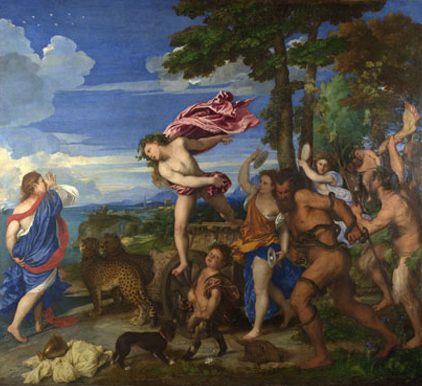The hero of Henry James's short story The Madonna of the Future is a painter who has been stuck on the same canvas - ''a mere dead blank, cracked and discoloured by time'' - for his entire working life. ''It was to have contained my masterpiece!'' the creator of this sad void laments. ''Isn't it a promising foundation? . . . I have come to believe that I have the material for a hundred masterpieces. But my hand is paralysed.''
What James's failed painter needed was a deadline: a collector knocking at his door; a dealer pestering him; curators on the phone from New York, Paris, Cologne. James saw that the stereotype of the great artist as a solitary, neglected figure is a hopeless romanticisation. Very little good art has been made in those circumstances; most was made to meet a deadline of one kind or another, and it is questionable whether much of the art we consider truly great would have been created without the demands of patrons, dealers and collectors - all that apparatus of pressure so often considered somehow irrelevant to the business of creation, but which has always been essential to it.
It is in the nature of artists (like most people) to procrastinate. Demand is the forcing-house of creativity: Leonardo da Vinci might have produced even fewer paintings had it not been for the constant urging of frustrated patrons; even the more prolific Michelangelo needed encouragement, as Vasari suggests in his account of the completion of the Sistine ceiling: ''the Pope was always asking him importunely when it would be ready. On one of these occasions Michelangelo retorted that the ceiling would be ready 'when it satisfies me as an artist'. '' The patron won out: ''Finally, the Pope threatened that if Michelangelo did not...


